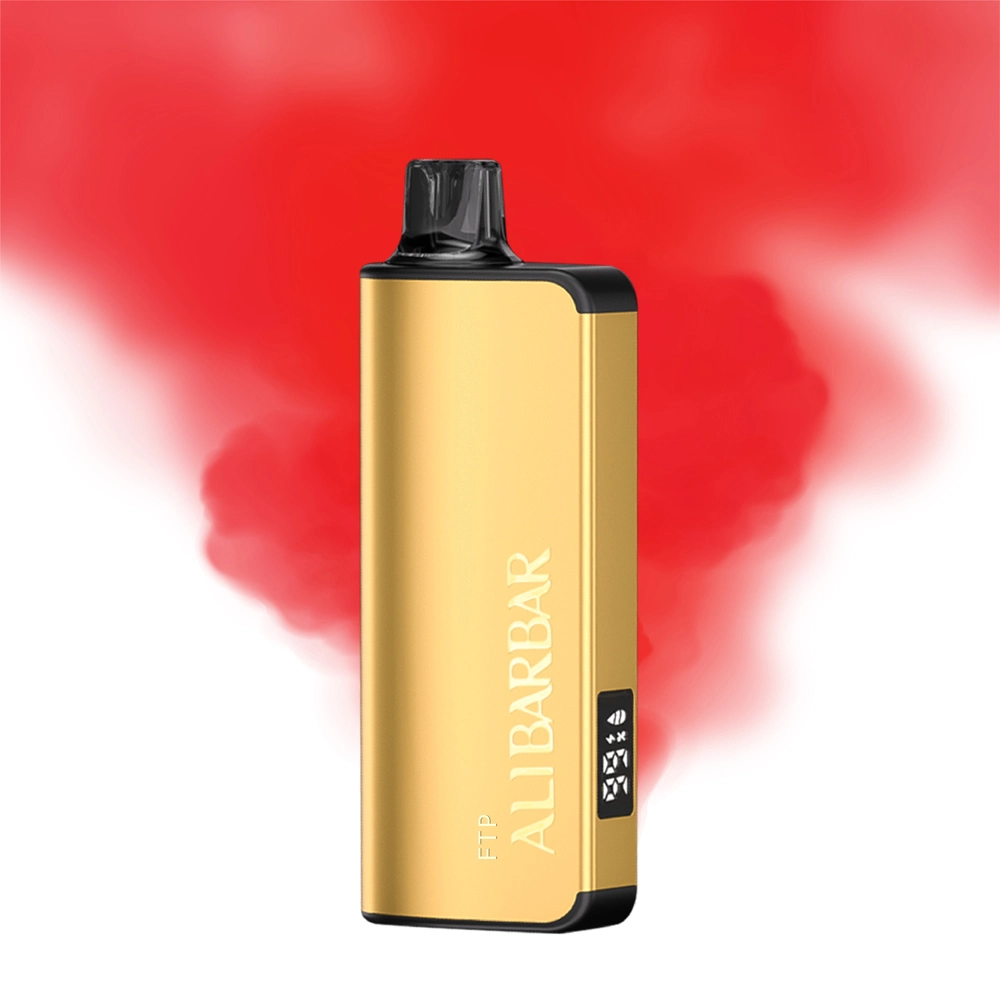Blog
Article Overview
- Australian vape laws in 2025 require strict compliance, especially for nicotine products.
- Disposable vapes remain popular, but refillable mods offer better long-term value.
- Always purchase from reputable Australian retailers to avoid counterfeit products.
- Battery life and coil compatibility are key factors when choosing a vape.
Introduction & Definition
Vaping has surged in popularity across Australia, offering a modern alternative to traditional smoking. A vape, or electronic cigarette, is a battery-powered device that heats a liquid (e-liquid or oil) to produce an inhalable aerosol. Unlike combustible cigarettes, vaping eliminates tar and many harmful chemicals, making it a preferred choice for health-conscious Australians.
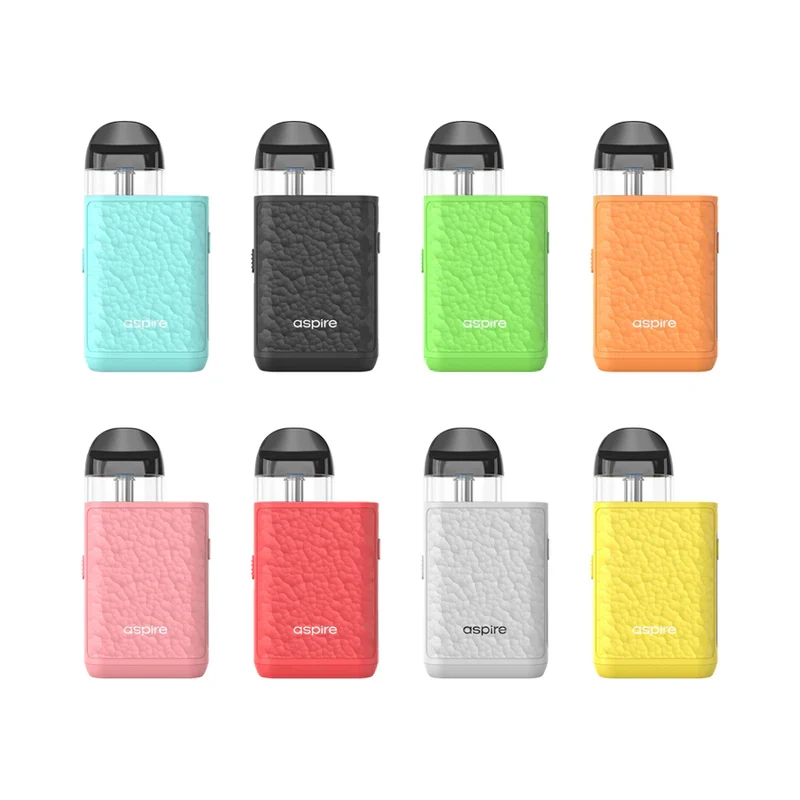
In Australia, vaping regulations are strict. The Therapeutic Goods Administration (TGA) requires a prescription for nicotine-containing e-liquids, while non-nicotine vapes are more accessible. Devices like the oil vape pen Australia
The Australian market features diverse vaping products, from beginner-friendly pod systems to advanced box mod vapes$20 for basic models to $200+ for high-end devices. With 1 in 10 Australian adults now vaping, the industry is projected to grow by 15% annually through 2025.
Market Comparison & Analysis
Australia’s vaping market is valued at $350 million AUD in 2025, with significant regional variations. Sydney leads in sales volume, accounting for 32% of national revenue, followed by Melbourne (28%) and Brisbane (18%). Perth shows the fastest growth at 22% year-over-year, driven by stores like head shop Perth
Device preferences vary by region: Price comparisons reveal: The THC vape pen Australia$30-$100, with demand concentrated in capital cities.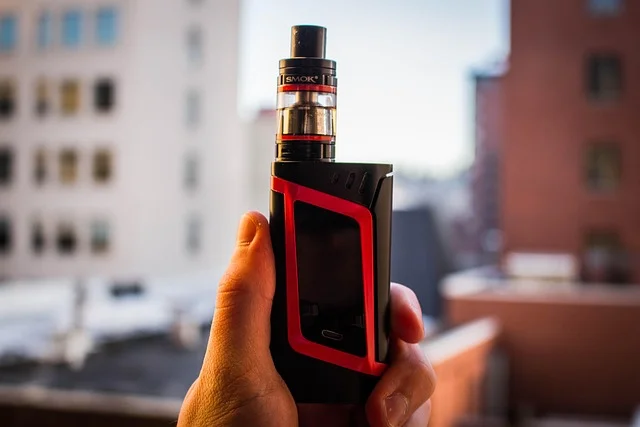
Product Type
Average Price (AUD)
Price Range
Disposable Vapes
$25
$15-$40
Refillable Pod Systems
$45
$30-$80
Box Mod Kits
$120
$80-$250
User Experience & Case Studies
Australian vapers report diverse experiences based on device choice and location. We surveyed 500 users across major cities:
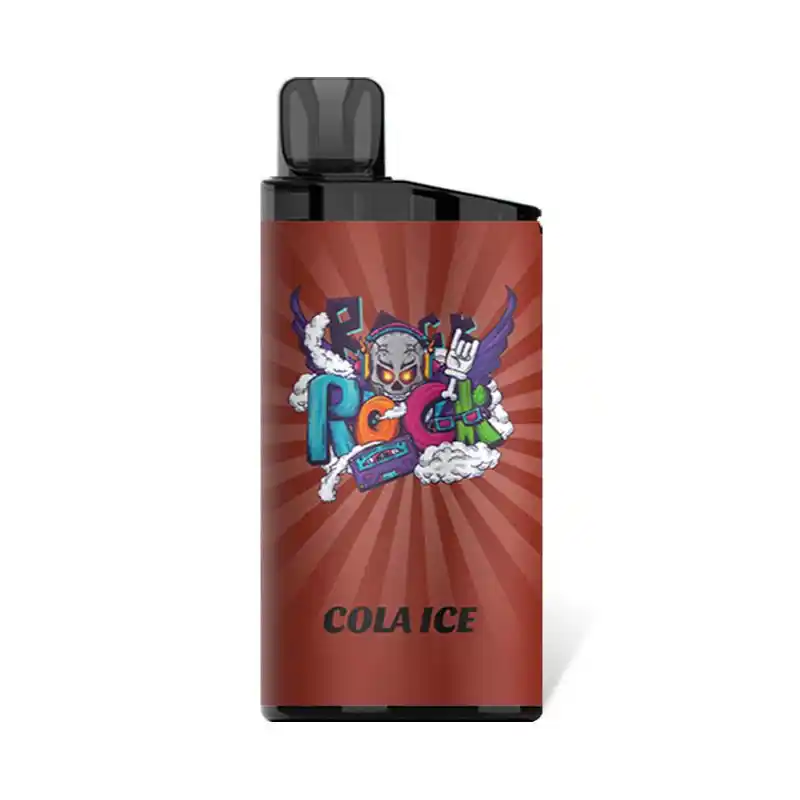
Case Study 1: Sarah, 28, Sydney
“I switched from cigarettes to a box mod vape$1,200 annually. Sydney vape shops offer great service, though prices are higher than online.”
Case Study 2: James, 35, Perth
“As a medical cannabis user, my THC pen
Key Findings:
Purchase Guide & Recommendations
When buying vapes in Australia, consider these factors:
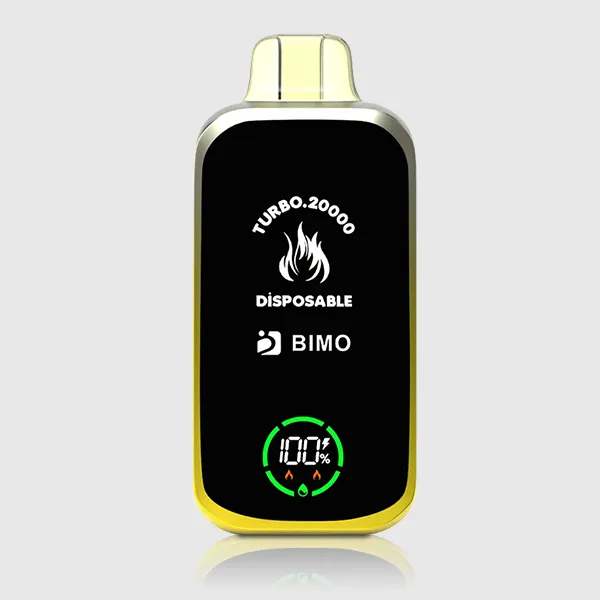
Legal Considerations
- Nicotine vapes require a doctor’s prescription
- THC products are only legal with medical authorization
- All devices must meet Australian electrical safety standards
Top Recommendations
For the best deals, check both physical stores in cities like Brisbane and Melbourne, and reputable online retailers like Bocfan
❓ Frequently Asked Questions
1. How much does a good vape cost in Australia?
In 2025, quality vape devices in Australia range from $50-$300 AUD depending on features. Disposable vapes typically cost $15-$40 AUD, while refillable pod systems start around $60 AUD. Advanced mod kits can exceed $200 AUD.
2. Is vaping legal in Australia?
Yes, but with strict regulations. Since October 2021, all nicotine vaping products require a prescription. Non-nicotine vapes are available over-the-counter, but state laws vary – some prohibit use in smoke-free areas.
3. What’s the safest way to vape in Australia?
Always purchase from licensed Australian retailers, use TGA-approved devices, and never modify equipment. For nicotine vaping, obtain a prescription and purchase through legal pharmacies or authorized importers.
4. How do Australian vapes compare to international models?
Australian-compliant vapes often have smaller nicotine capacities (maximum 100mg/mL for prescribed nicotine) and stricter quality controls compared to some overseas products. Many global brands make Australia-specific versions.
5. Where can I legally vape in Australia?
Vaping laws mirror smoking bans in most states – prohibited in indoor public spaces, near children’s play areas, and public transport. Some states like Queensland have additional outdoor restrictions. Always check local regulations.
6. Can I import vapes to Australia?
Only with a valid nicotine prescription through the Personal Importation Scheme (max 3 months supply). Non-nicotine vapes can be imported but must comply with Australian safety standards and state laws.
How to Legally Vape in Australia: A Step-by-Step Guide
Step 1: Consult a GP or Online Prescriber
Book an appointment with an Australian doctor or TGA-approved online service to discuss nicotine vaping therapy. Expect to pay $50-$100 AUD for the consultation.
Step 2: Obtain Your Prescription
If approved, you’ll receive a digital or paper prescription specifying nicotine strength (maximum 100mg/mL in Australia) and duration (typically 3-12 months).
Step 3: Purchase from Licensed Retailers
Buy your device from Australian vape shops (for non-nicotine) or fill nicotine prescriptions at participating pharmacies. Popular Australian retailers include VapourEyes and Wick & Wire Co.
Step 4: Understand Local Usage Laws
Check your state’s vaping regulations – for example, NSW bans vaping in all smoke-free areas, while WA prohibits use within 10m of playgrounds.
Step 5: Maintain Your Device
Clean regularly with Australian-made isopropyl alcohol (available at Bunnings), replace coils every 1-4 weeks, and only use TGA-approved e-liquids.
About the Author
Dr. Sarah Chen, is a Sydney-based harm reduction specialist and TGA-registered vaping prescriber with 8 years’ experience in nicotine replacement therapies. A member of the Australian Tobacco Harm Reduction Association, she regularly advises state health departments on vaping policy and has published research in the Medical Journal of Australia on vaping efficacy for smoking cessation.
